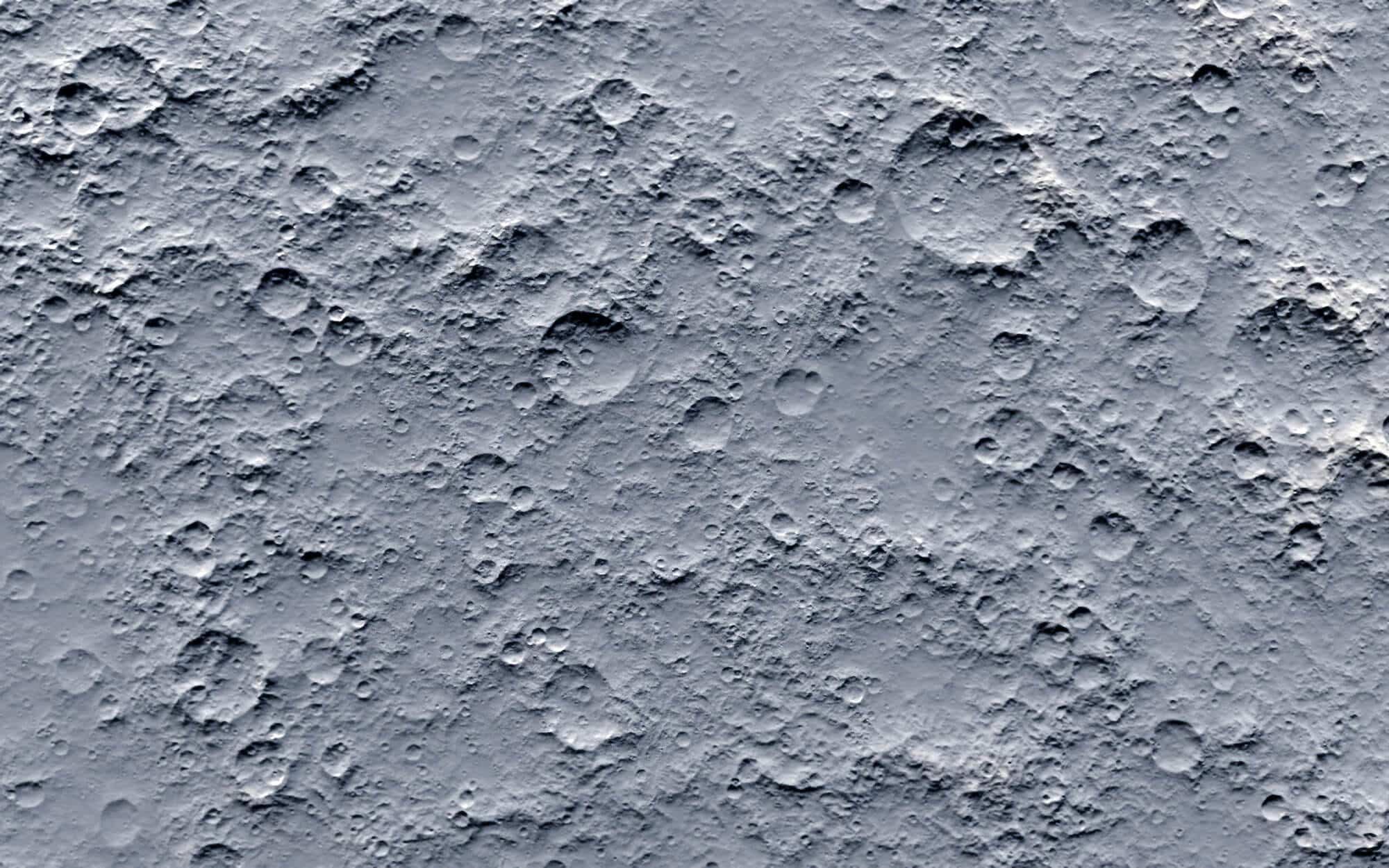This was announced by the SpaceIL association. ImageSat is an old Israeli company that provides high-resolution satellite photographs of sites on Earth, and now one of the devices on Lavinia will map the moon in collaboration with researchers at Ben Gurion University

camera of ImageSat will monitor physical and chemical processes of the lunar surface In Genesis 2. This was announced by the SpaceIL association. ImageSat is an old Israeli company that provides high-resolution satellite photos documenting sites on Earth, and now one of the devices on its satellite will map the moon.
In the past year, the SpaceIL association published a call for proposals for scientific experiments as part of the Genesis 2 lunar mission, with the aim of answering essential questions regarding staying in space and on the moon and integrating scientific research that can be made educationally accessible to students, thereby bringing more young people closer to the world of science, as part of the association's vision.
Following this, SpaceIL appointed a scientific advisory committee consisting of representatives of the association, leading scientists from the Israeli academy, educational bodies, the Israel Space Agency and SpaceIL partners.
These days, the second experiment that will be carried out during the Genesis 2 mission has been selected: a hyperspectral camera that will provide an opportunity to systematically analyze and follow physical and chemical processes on and around the moon.
The experiment will be carried out using a compressive hyperspectral camera which covers over 100 continuous spectral channels in the visible and near-infrared wavelength range, and will provide an unprecedented opportunity to systematically analyze physical and chemical processes on the surface of the moon. The compressive hyperspectral camera was originally developed at Ben Gurion University of the Negev by Professors Adrian Stern, Dan Blumberg, Stanley Rothman as well as Dr. Yitzhak August. The Noohra company received a license to use the technology in order to develop and manufacture the hyperspectral camera in close cooperation with the ImageSat International (ISI) company responsible for developing the electro-optical array that supports the camera and its integration into the Genesis 2 mission.
According to Shimon Sharid, head of the association SpaceIL: "I thank all the members of the scientific committee who helped select the experiments from the total number of proposals we received from organizations, scientists and educational institutions from Israel and the world. I welcome the selection of the experiments that combine the teamwork of researchers, universities and companies from Israel and abroad, who together will be able to expand human knowledge in deep space and be an inspiration to future generations of researchers."
According to Kafir Demari, founder and deputy CEO SpaceIL : "Besides the records that Genesis 2 is expected to break in world space history, including a double landing on the moon in one mission, we invested a lot of effort in choosing the various experiments that will be launched with us in the Genesis 2 mission. We have carefully chosen the experiments for the orbit so that they will help as much as possible for the success of future long-term missions on the moon and beyond."
According to Dr. Jimmy Levy, co-founder of Noohra: “We are grateful for the opportunity to contribute to the Genesis 2 mission and are excited to be able to demonstrate the unique capabilities of our imaging system. Noohra will greatly benefit from the effort required for the design and development of the camera to be deployed on the Genesis 2 mission and we are grateful for the continued support of the researchers at Ben Gurion University and the engineers at ISI. Of course, we very much look forward to sharing the data collected by our hyperspectral imaging system with scientists and students around the world to deepen our understanding of the physical and chemical processes on the Moon's surface. This is a first step for Noohra, and we are sure, a big step forward for the exploration of the lunar surface."
According to Noam Segal, CEO ISI: "The ImageSat International company is proud to take part in the Genesis 2 mission, and in particular in the innovative and groundbreaking experiment alongside the Noohra company to study physical and chemical processes of the lunar surface."
Prof. Dan Blumberg, Vice President of Ben-Gurion University of the Negev, Chairman of the Israel Space Agency and one of the project leaders at Ben-Gurion University of the Negev: "The Genesis 2 flight into space is a national mission and Ben-Gurion University has mobilized to help with its research goals. The science that takes place at Ben-Gurion and the other universities is the basis for breakthroughs in all areas of life."

One response
Hi, please do not RESTART the spacecraft's main computer on the way to landing on the moon, thanks